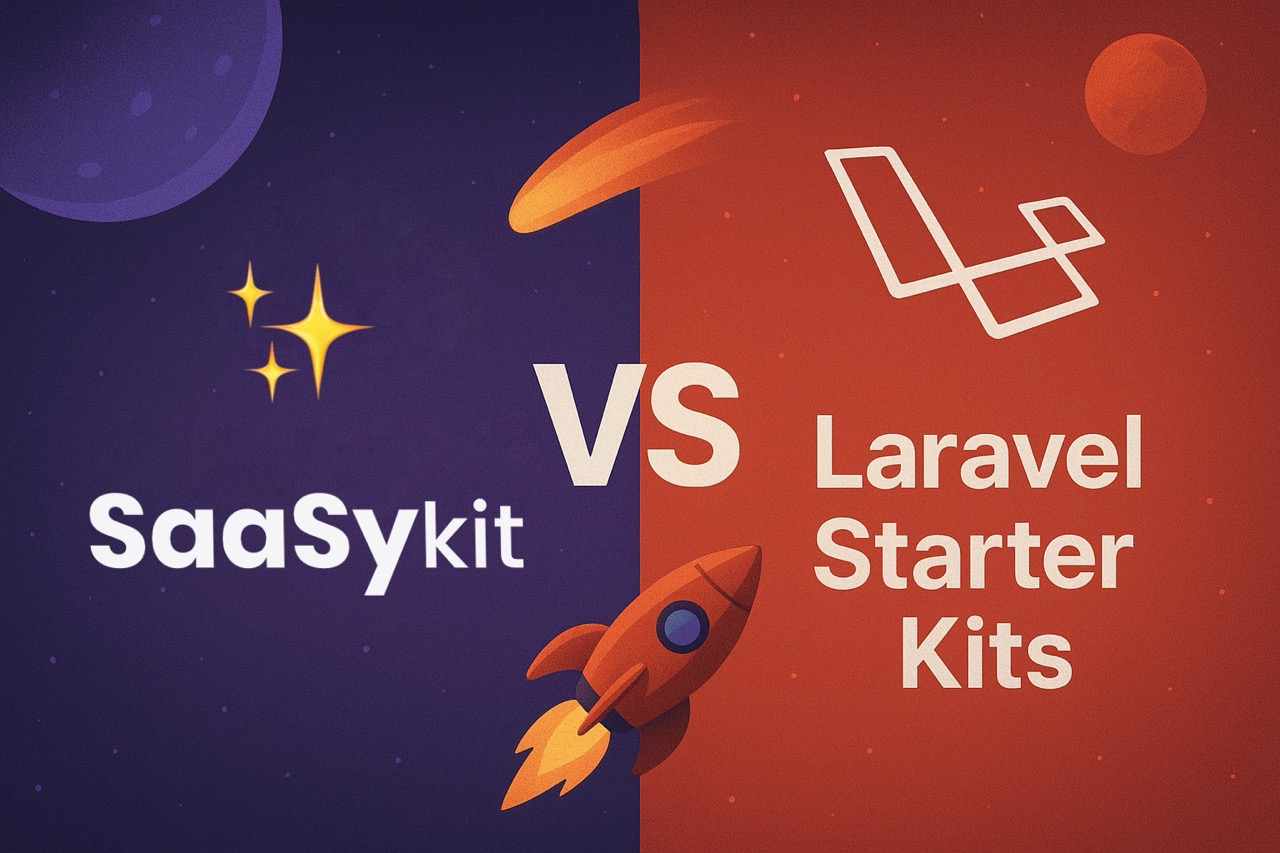Product Launch Checklist

So you've been diligently working on your project for months, and the time to launch is finally approaching.
No SaaS is an island. Every application relies on services from other tools, be it for payment processing, email communication, analytics, and more. In this article, I'll provide a comprehensive list of essential tools that should be considered before launching your software product. This guide will serve as a valuable resource for both youself and myself in future projects.
Let's dive in.
1. Your domain name.
Each website needs a domain name. You can get your domain name from NameCheap, or Squarespace.
2. Hosting provider
You will need a hosting provider to host your website. Depending on your technology stack, you can choose from a variety of hosting providers. Here are some of the most popular ones:
- Heroku
- AWS
- Google Cloud
- Vultr
- Digital Ocean
- Vercel (serverless)
- Netlify
- Hetzner
I personally use Hetzner for most of my projects, as it is very cheap and reliable.
3. CDN & DDOS attack prevention
One of the first steps I take after purchasing a domain for my product is to set it up with Cloudflare. Cloudflare acts as a Content Delivery Network (CDN), caching your website assets such as JavaScript and CSS to improve load times and overall performance. Additionally, it provides robust protection against DDoS attacks, ensuring your website remains secure and accessible.
Cloudflare offers a free plan that is more than sufficient for most websites, providing essential features like CDN, basic security, and performance enhancements without any cost.
4. Payment gateway
There are many payment gateways that you can use to accept payments on your website. Some of the most popular ones are:
- Stripe
- Paypal
- Paddle
- Lemon Squeezy
Those are some of the mostly common ones for startup projects, and there is a bunch of local payment gateways that you can use depending on your country.
Merchant of Record payment gateway (MoR)
If you live in Europe or want a payment provider that can handle tax collection for you, then you should go with Paddle or Lemon Squeezy, otherwise Stripe is the best option in terms of fees and service you get.
5. Email service provider
You will need an email service provider to send emails to your users. Some of the most popular ones are:
- Mailgun
- Amazon SES
- Postmark
- Sendgrid
- Mailchimp
- ConvertKit
- Loops
Amazon SES is one of the cheapest options, but it is also a bit technical to set up. I personally use Loops for most of my projects, as it is very easy to set up and use and offers a generous free tier.
6. Analytics
An analytics tool allows you to track your users and see how they are using your product. Some of the most popular ones are:
- Google Analytics
- Mixpanel
- Simple Analytics
- Plausible
- Fathom
- PostHog
I personally use a combination of Plausible and PostHog for most of my projects. Simple analytics offer a very simple and privacy-focused analytics tool that is very easy to set up and use, while PostHog allows me to see a recoding of use session to see how users are using my product.
7. Set up a support email
You will need a support email to handle user queries, and for that you need a provider that offers the ability to create emails using custom domains. Your @gmail email will not cut it :D
You can use Google Workspace for that, or you can use a tool like Zoho Mail or ProtonMail.
8. Terms of Service and Privacy Policy
You will need to have a terms of service and privacy policy on your website. You can use a tool like Termly to generate those for you.
SaaSykit comes with terms of service and privacy policy that you can edit & use for your project.
9. Social media accounts
Depending on your product and how social you are, you might need to set up social media accounts for your product (X, Facebook, Instagram, YouTube).
You can use tools like Buffer or Hootsuite to manage your social media accounts.
10. Google Search Console
You will need to set up Google Search Console to see how your website is performing in Google search results. Also once you launch your product, you can submit your sitemap to Google Search Console to get your website indexed faster.
11. Uptime monitoring
Your website can go down for hours without you even noticing it. That's why you need to set up uptime monitoring. You can use tools like UptimeRobot or StatusCake or Pingdom for that.
12. Error logging
You can use tools like Sentry or Rollbar or Bugsnag for that.
13. SEO
SEO is big world, and it's very important to give it some love when you launch your application.
You can use tools like Ahrefs or SEMrush to track your website's SEO performance.
14. Backup
Disaster management is crucial. Data can get corrupt, or your system could be hacked, so storing a backup of your system is very important.
The tool to use for backups depends on your technology stack. If you're using Laravel, you can use the Laravel Backup package.
You might also invest some time into building your own backup system. At the very least you can schedule a job that creates a database daily dump, and obviously store that on a different server :)
15. Performance monitoring
Once you reach a certain number of users, you will need to set up performance monitoring to see how your website is performing and act accordingly.
You can use tools like New Relic or Datadog for that.
16. Live chat
You can use tools like Tawk.io (which is free), Intercom or Crisp for that.
17. Affiliate program
You can use tools like Tolt, FirstPromoter, or Refersion for that.
I peronally use Lemon Squeezy (which is a payment provider) as an affiliate program as well, since it's easier to get payments and pay affiliates in one place.
And that's it.
As you prepare to introduce your product to the world, use this checklist as your guide to ensure that no detail is overlooked. Good luck with your launch, and may your product make a significant impact in the market!
SaaSykit is a Laravel SaaS boilerplate that comes with all components needed to launch a modern SaaS application. Things like payment integrations, emails, admin panel, dashboard, product management, built-in blog, and much more come already pre-built for you.
Moreover, it comes already with integrations for many of the software mentioned above, like Stripe, Paddle, Lemon Squeezy for payments, Mailgun, Postmark, Amazon SES for emails and much more.


